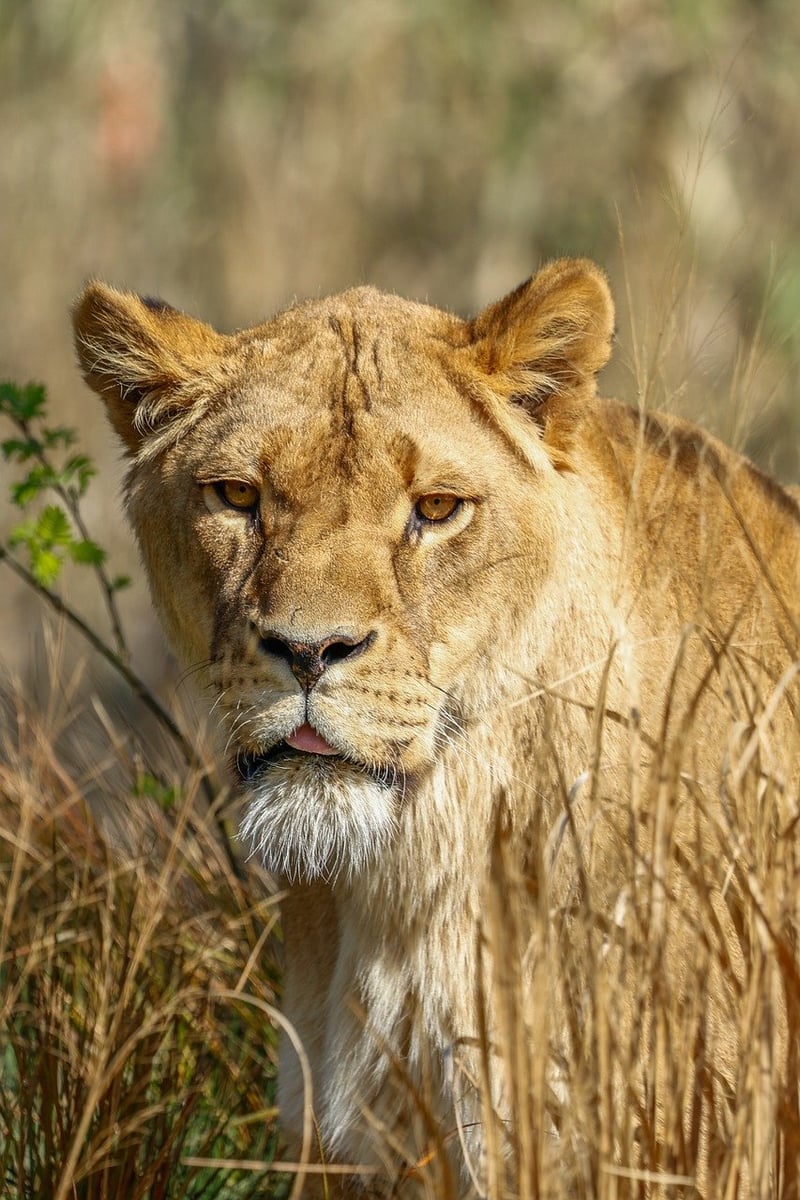Wildlife Awareness
Stay Safe While Exploring Wildlife: Essential Tips for Nature Enthusiasts
Exploring the great outdoors and encountering wildlife can be an exhilarating experience. However, it's essential to prioritize safety for both yourself and the animals you may encounter. Whether you're a seasoned hiker, a nature photographer, or simply someone who enjoys spending time in nature, here are some crucial tips to ensure your safety and the well-being of wildlife.
1. Educate Yourself
Before heading out into the wilderness, take the time to educate yourself about the wildlife species you may encounter. Learn about their habitats, behaviors, and any potential risks they may pose. Understanding how to coexist respectfully with wildlife is key to a safe and enjoyable experience.
2. Maintain a Safe Distance
Respect the space of wildlife by maintaining a safe distance at all times. Using binoculars or a zoom lens for photography can help you observe animals up close without intruding on their territory. Approaching too closely can stress or provoke wildlife, leading to unpredictable behavior.
3. Pack Essential Safety Gear
Be prepared for unexpected situations by packing essential safety gear such as a first aid kit, navigation tools, emergency supplies, and extra food and water. In the event of an injury or getting lost, having the right equipment can make a significant difference.
4. Leave No Trace
Follow the principles of "Leave No Trace" by minimizing your impact on the environment. Dispose of waste properly, stay on designated trails to avoid trampling vegetation, and avoid feeding wildlife. Preserving the natural habitat ensures a sustainable environment for both wildlife and future generations.
5. Respect Wildlife's Routines
Wild animals have their own routines and behaviors. Avoid disrupting their natural patterns by observing quietly from a distance. Refrain from making loud noises, chasing animals, or attempting to feed them. Respecting their space and routines is crucial for their well-being.
6. Be Aware of Your Surroundings
Stay vigilant and be aware of your surroundings at all times. Keep an eye out for signs of wildlife activity, such as tracks, scat, or rustling in the bushes. Understanding your environment can help you anticipate potential encounters and react appropriately.
7. Seek Professional Guidance
If you're unsure about how to safely interact with wildlife or navigate a particular area, consider seeking guidance from professional guides or park rangers. Their expertise can provide valuable insights and ensure a safe and enriching experience in the wilderness.
By following these essential tips, you can enjoy the beauty of nature while respecting the wildlife that calls it home. Remember, safety and conservation go hand in hand when exploring the great outdoors.

Stay safe and happy exploring!
